Not every style deserves a comeback. Some looks have crossed the line from timeless to tired. Chasing trends that feel forced? It’s like trying to fit a square peg into a round hole.
Classic haircuts should feel effortless, not overworked. But some styles keep resurfacing, more outdated than ever. The charm is gone, leaving behind something that feels more like a costume than a classic.
Ready to dodge the overdone and embrace something fresh? These 19 hairstyles prove that clinging to the past doesn’t always work. It’s time to break free from the looks that should’ve stayed retired.
The Mullet

Ah, the mullet—a hairstyle that screams both rebellion and retro vibes.
Once the epitome of 80s cool, this ‘business in the front, party in the back’ look now feels more like a relic than a fashion statement.
Despite its resurgence among some fashion-forward circles, the mullet often evokes memories of neon leg warmers and acid wash jeans.
While it can be styled with modern twists, its core essence remains largely unchanged, leaving many to wonder if it should have stayed in its original era.
Permed Hair

Permed hair was once the go-to for those seeking voluminous, curly locks.
The perm gave flat hair the lift it desperately needed, often resulting in a dramatic transformation.
However, the tight curls and excessive volume can appear outdated, ultimately giving off a vibe that’s more reminiscent of old-school glamour than contemporary chic.
While newer techniques offer softer curls, the traditional perm remains a symbol of an era that’s long past its prime.
Frosted Tips

Frosted tips were the highlight of the 90s boy band era.
This style involved bleaching the tips of the hair, creating a stark contrast against the darker roots.
Though it added a pop of color to an otherwise monotone look, frosted tips often end up looking more nostalgic than stylish today.
While variations of this trend exist, the original frosted tips can feel like a throwback that many would prefer not to revisit.
The Rat Tail
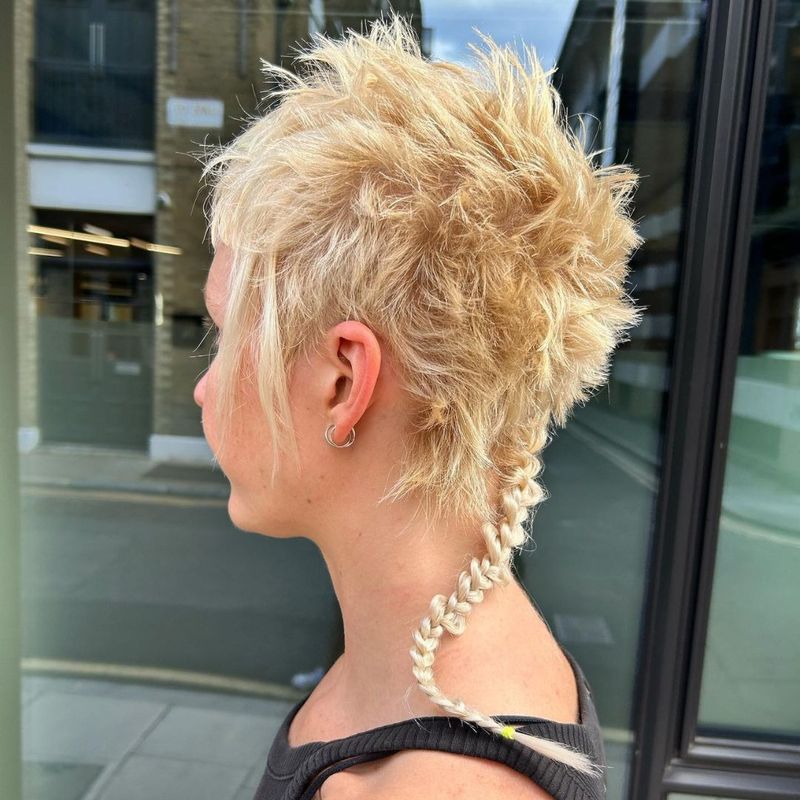
The rat tail—an unexpected and often perplexing hairstyle choice.
This look involved growing a long strand of hair at the nape, contrasting sharply with the otherwise short haircut.
While it might have been a way to stand out or assert individuality, today’s fashionistas often regard it as more peculiar than chic.
Despite its quirky charm, the rat tail hasn’t aged gracefully and rarely makes its way into the realm of classic hairstyles.
The Beehive
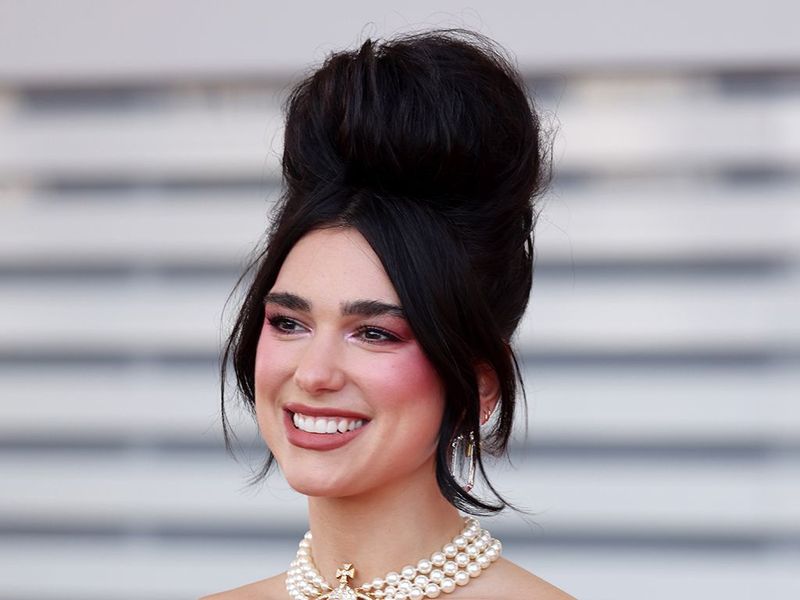
Towering and intricate, the beehive hairstyle is a testament to the lengths one would go for fashion.
This style involved teasing the hair into a high, rounded shape, often held together with copious amounts of hairspray.
While undeniably iconic, the beehive’s complexity and maintenance demands make it more of a historical artifact than a go-to look for modern trends.
Its grandeur is best appreciated in retro-themed events or vintage fashion shoots.
The Bowl Cut
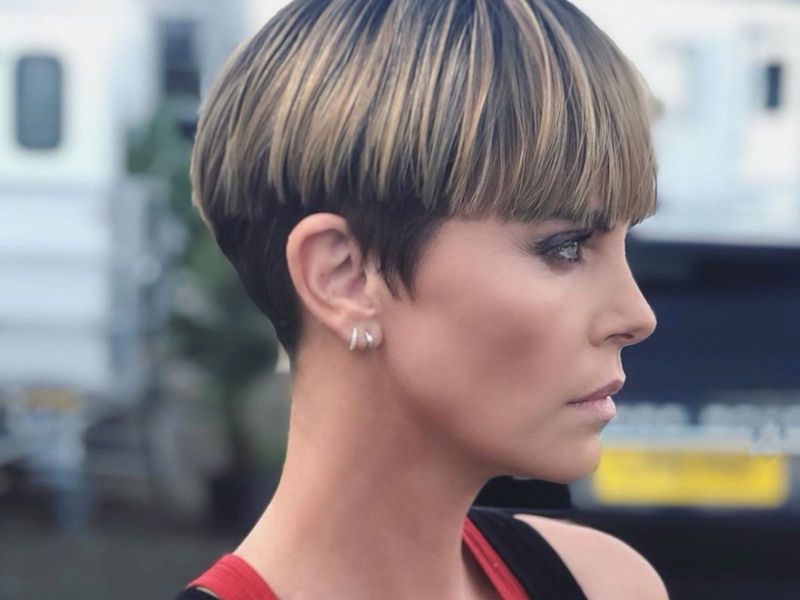
The bowl cut, with its evenly cut fringe and rounded shape, brings back memories of childhood and kitchen scissors.
Once a practical choice for many parents, it became a hallmark of simplicity.
Despite its ease and uniformity, the bowl cut often lacks the sophistication and flair that many seek in today’s hairstyles.
Its simplicity, while practical, often translates to a dated appearance, reminding many of days long gone.
Crimped Hair

Crimped hair, with its zig-zag texture, was a bold statement in the 80s.
Achieved with hot tools, it added volume and a unique pattern to otherwise straight locks.
While it was once synonymous with youthful exuberance, crimped hair can feel somewhat juvenile today.
The texture, while fun, often lacks the sleekness or naturalness that modern styles embrace, making it more a nod to nostalgia than a current trend.
The Mohawk
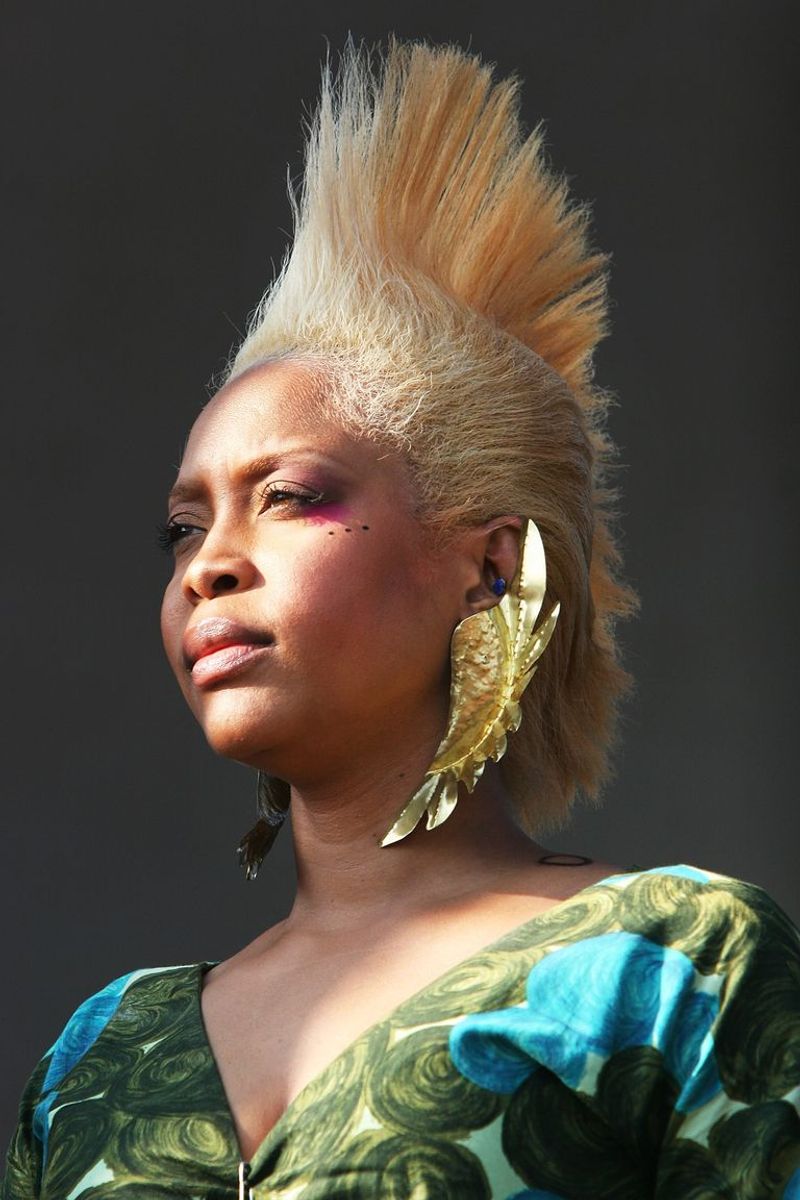
The Mohawk, with its shaved sides and towering center strip, embodies rebellion and individuality.
Often associated with punk rock culture, it remains an unmistakable symbol of audacity.
Despite its edge, the traditional Mohawk can sometimes feel more like a costume than a contemporary hairstyle choice.
While variations like the faux hawk have emerged, the classic Mohawk’s boldness is not for the faint-hearted.
Tight Cornrows
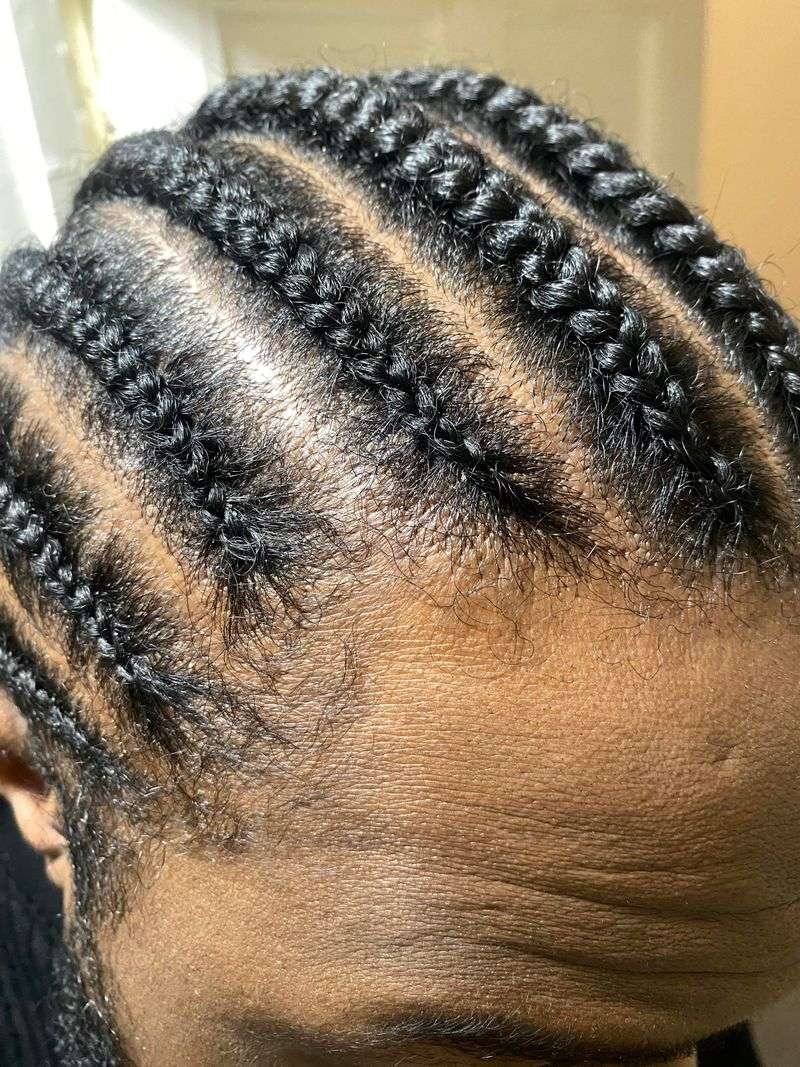
Cornrows, especially when styled in tight, intricate patterns, showcase both artistry and cultural heritage.
This style has deep roots and can be a powerful expression of identity.
However, when overly tight or excessively complex, cornrows can sometimes appear more like a statement than a versatile look.
For many, the key to keeping this style fresh is in balancing tradition with modern touches.
Feathered Hair
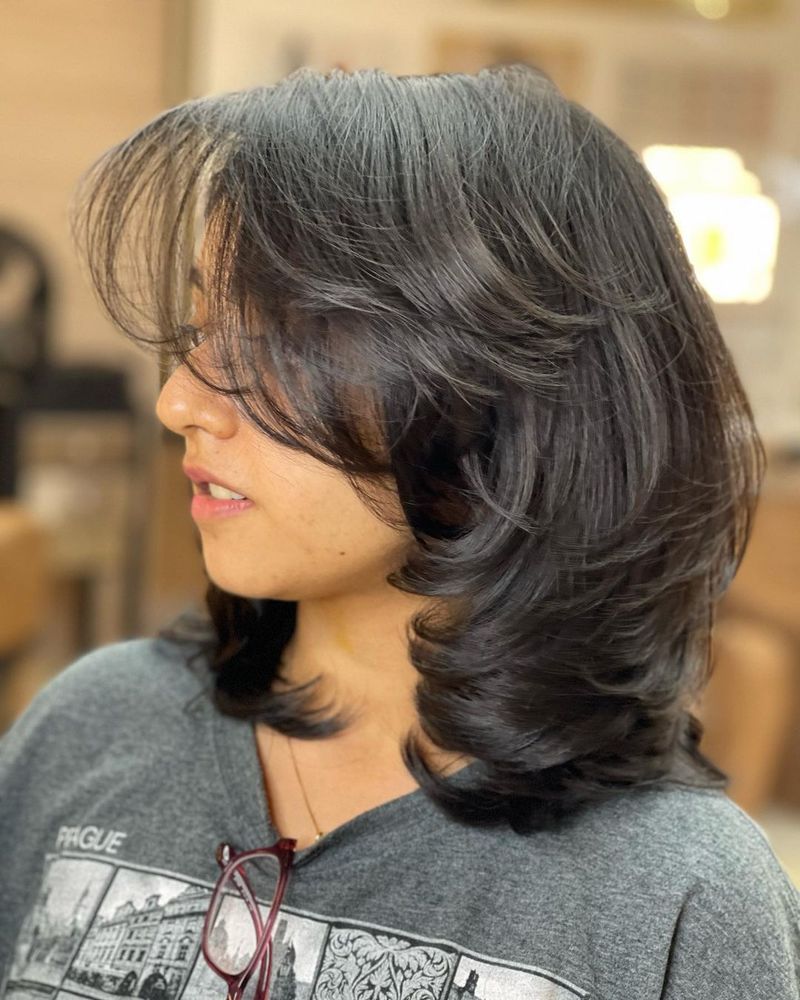
Feathered hair, with its soft layers and outward flips, was a sensation in the 70s and 80s.
It added movement and texture, creating a gently tousled appearance.
Though it exuded a laid-back elegance, the feathered style can often feel stuck in the past.
Modern interpretations aim for subtlety and natural flow, moving away from the overtly styled look that once dominated.
Liberty Spikes
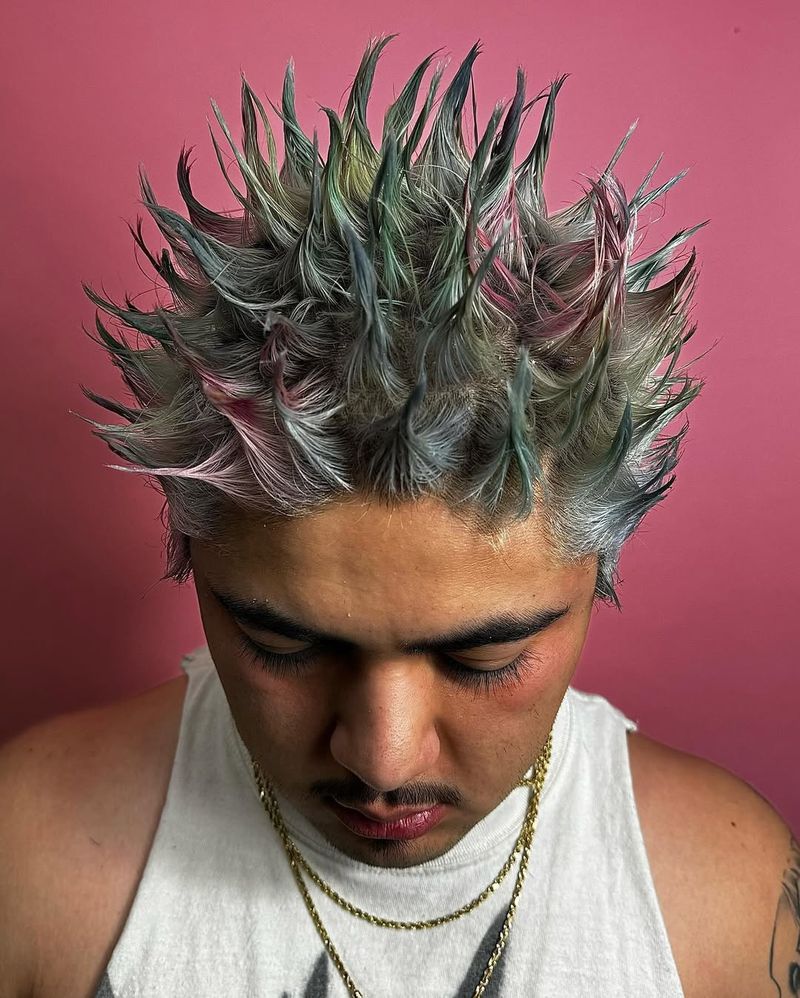
Liberty spikes, with their gravity-defying vertical strands, make a bold statement.
This punk-inspired look is all about standing out and expressing individuality.
While visually striking, liberty spikes can feel more like a theatrical presentation than an everyday hairstyle.
They demand commitment and confidence, making them a challenging choice for those seeking a more subtle aesthetic.
Finger Waves
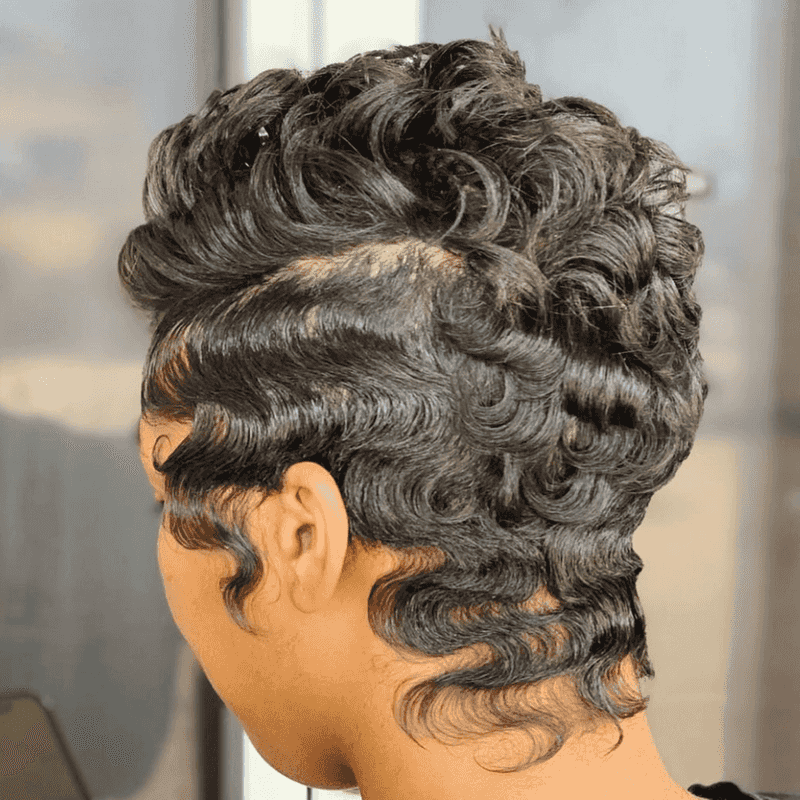
Finger waves, with their undulating curves, evoke the glamour of the 1920s.
This style creates a soft, wave-like pattern, adding elegance and sophistication.
Despite their beauty, finger waves are often seen as more suitable for themed events or vintage looks rather than everyday wear.
The intricacy involved in achieving this style can also make it feel less accessible for contemporary fashion enthusiasts.
The Pageboy
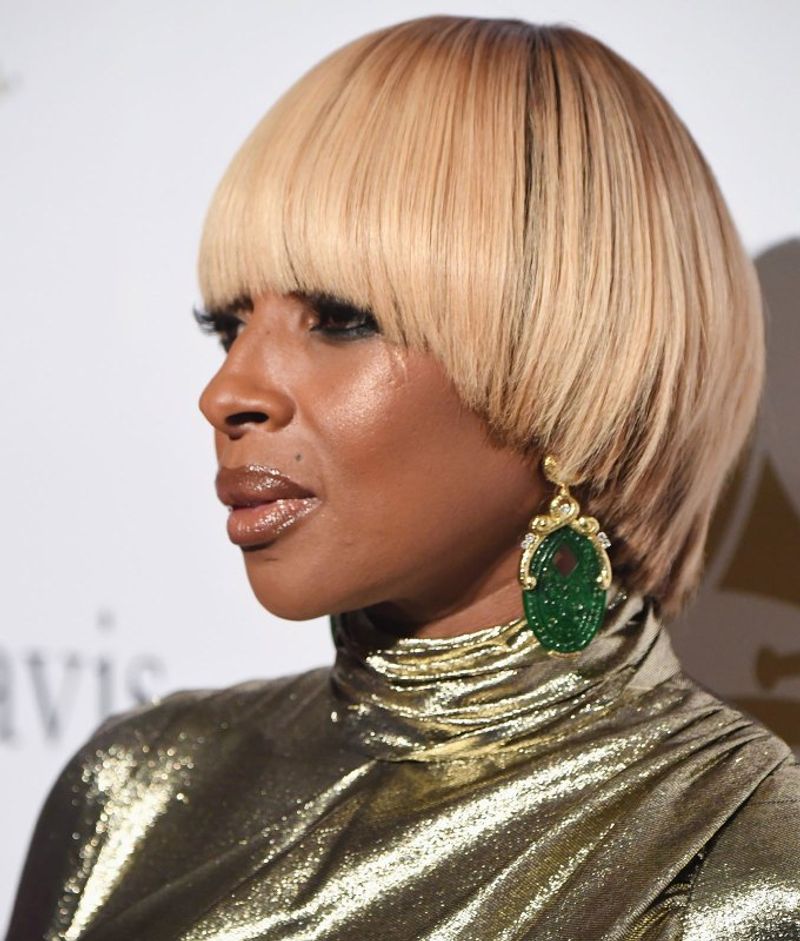
The pageboy, with its straight edges and rounded shape, exudes a certain intellectual charm.
Popularized in the mid-20th century, it was once a symbol of neatness and order.
While it may appeal to those with a penchant for nostalgia, the style often lacks the dynamism of more modern cuts.
Its uniformity can translate to a more dated appearance, appealing to a select few who appreciate its classic lines.
Jheri Curls
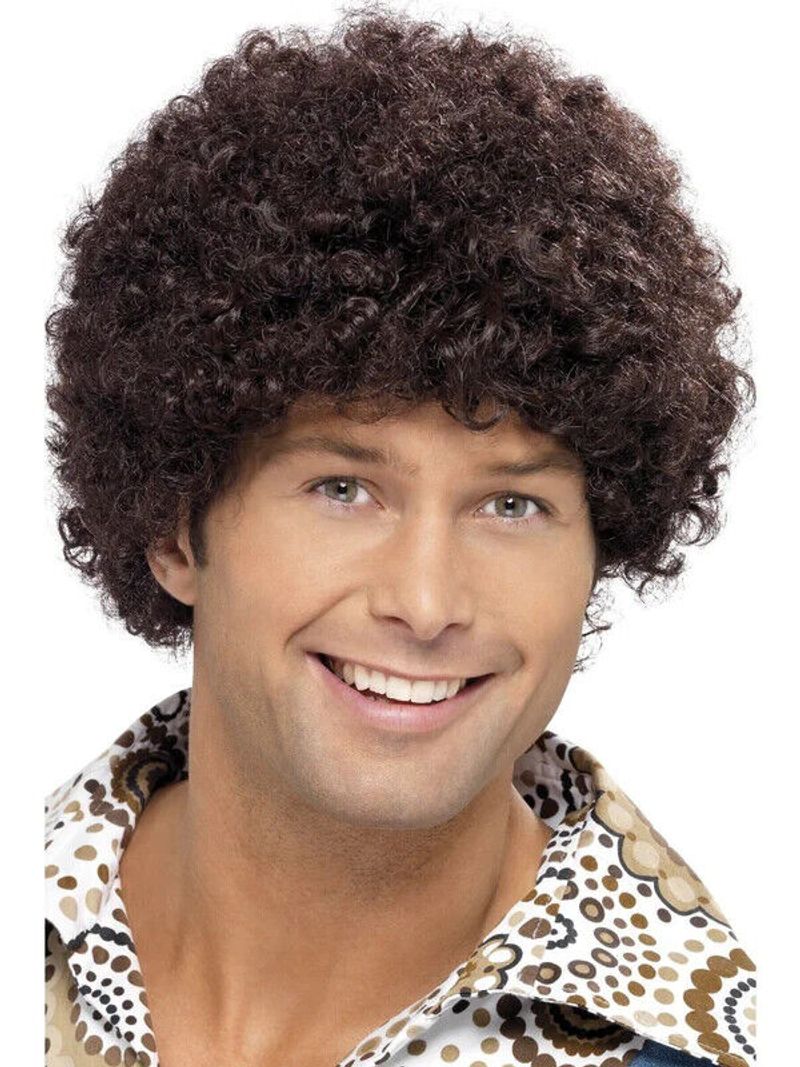
Jheri curls, known for their glossy, loose curls, were a 1980s sensation.
They offered a lush, moisturized look, often associated with pop culture icons of the era.
Despite their initial appeal, the maintenance and upkeep required often led to them being seen as impractical.
Today, while they hold nostalgic value, many prefer more natural and less labor-intensive styles.
The Ducktail
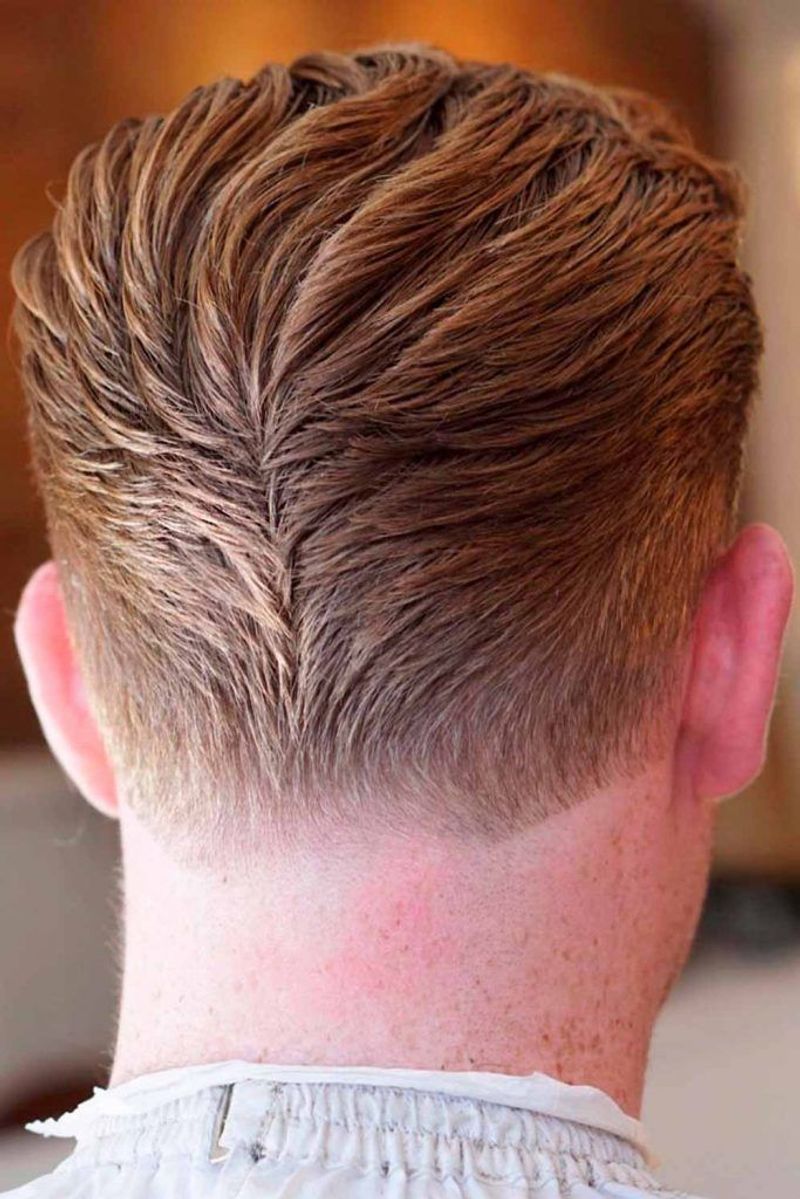
The ducktail, with its slicked-back sides meeting at the nape like a duck’s tail, was the height of 1950s cool.
Often associated with the rock and roll era, it exudes a sense of rebellion.
However, its heavily styled appearance can feel overly dramatic in today’s more relaxed fashion landscape.
While it can be a fun throwback for themed parties, it’s less likely to be seen as a day-to-day choice.
Spiky Top
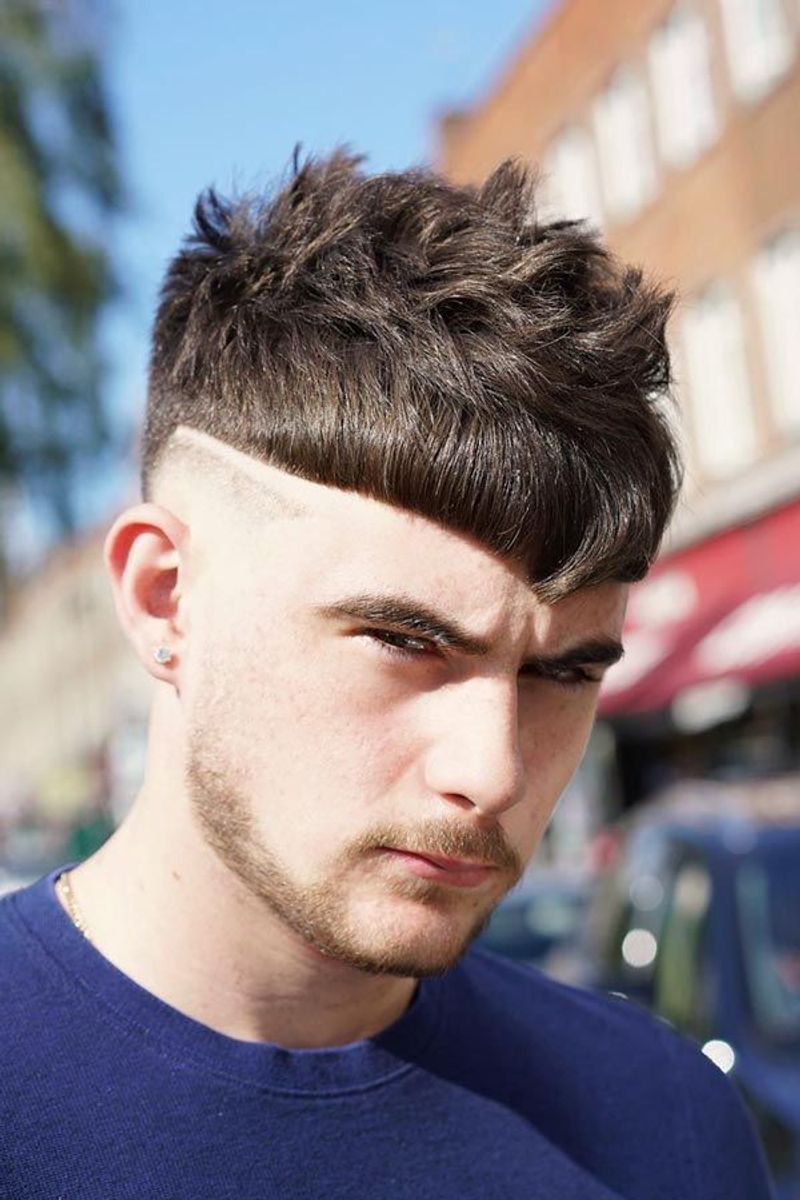
The spiky top, often achieved with generous amounts of gel, was a hallmark of the early 2000s.
It added height and texture, creating a playful and edgy vibe.
While it was once a go-to for many, the rigid spikes can feel somewhat stiff and less adaptable to current trends, which favor more fluid and natural styles.
Today, the look may serve more as a playful nod to past fashions rather than a contemporary staple.
Bumper Bangs
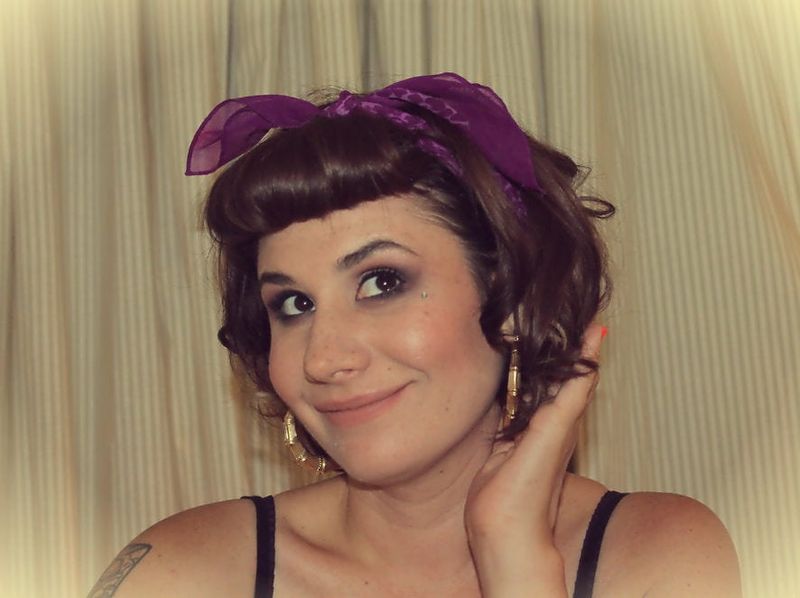
Bumper bangs, with their voluminous, rolled-over shape, were a staple of 1950s elegance.
They framed the face beautifully, often accompanied by perfectly coiffed curls.
While undeniably stylish, bumper bangs require a commitment to vintage aesthetics.
In modern fashion, they might feel more like a costume than a practical choice, appealing mainly to retro enthusiasts or those with a penchant for old Hollywood glamour.
The Faux Hawk
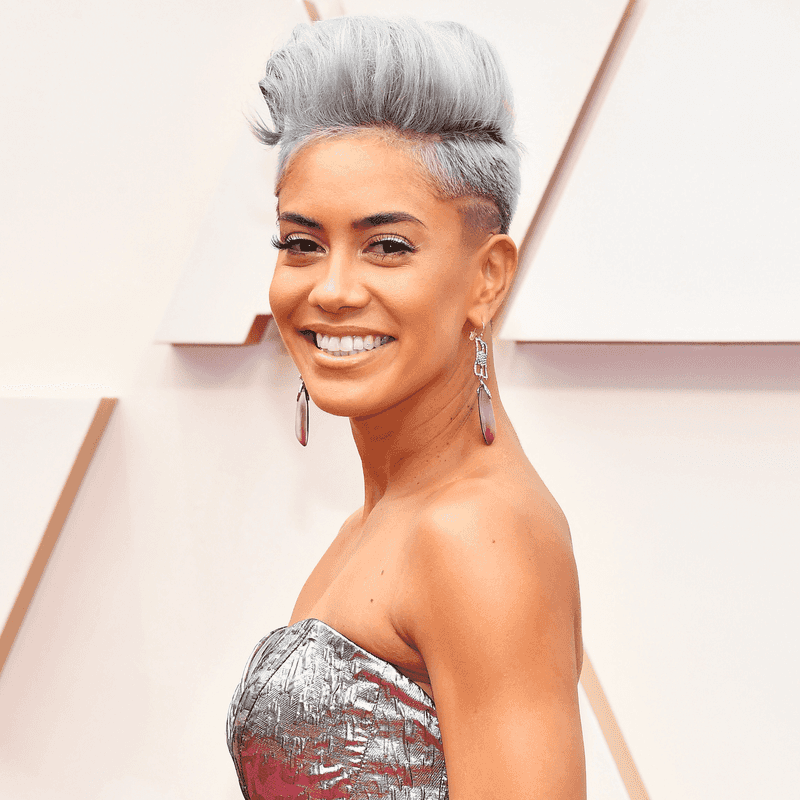
The faux hawk offers a subtler take on the traditional Mohawk, allowing for versatility and a dash of edginess without the complete commitment.
Though it provides a bridge between boldness and everyday wear, the faux hawk can sometimes feel overdone, especially when styled with excessive product.
Many seek more understated ways to express individuality, leading to this style’s waning popularity.
Victory Rolls
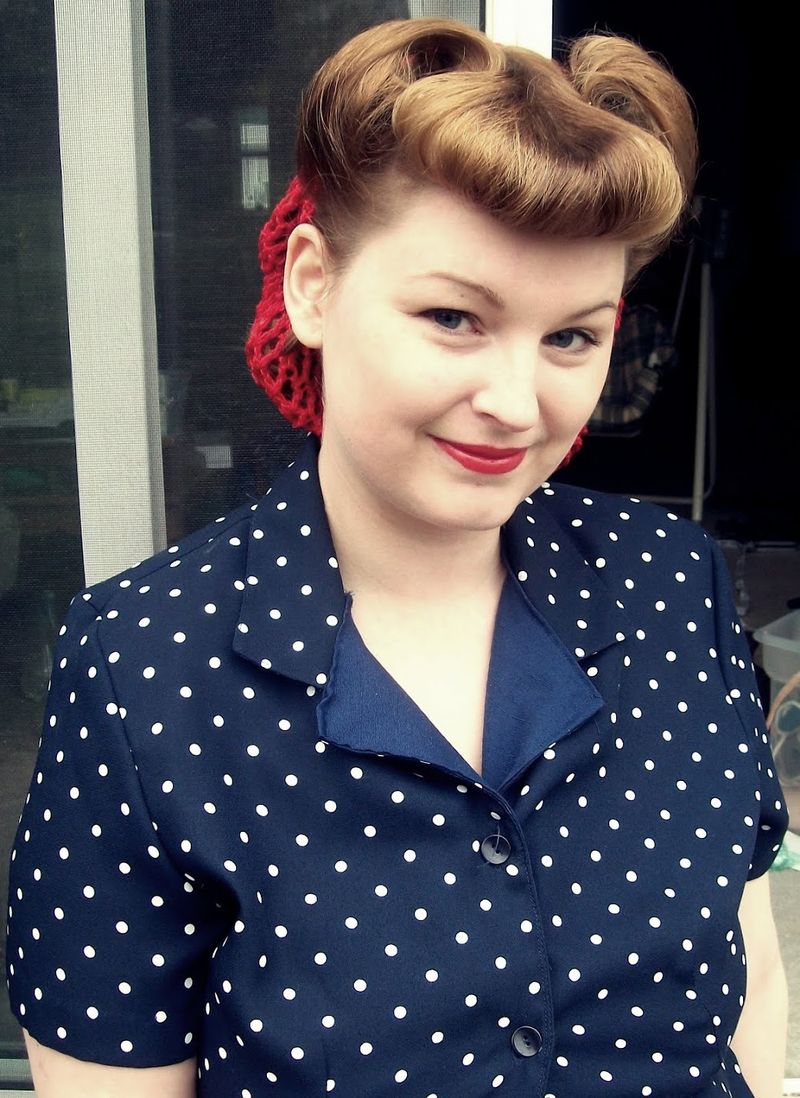
Victory rolls, with their elegantly rolled curls, are a symbol of 1940s glamour.
They were a favorite among women during the WWII era, exuding sophistication and resilience.
Though they create a striking silhouette, victory rolls can feel cumbersome for everyday styling.
They are often reserved for special occasions or historical reenactments, where their timeless beauty can truly shine.
